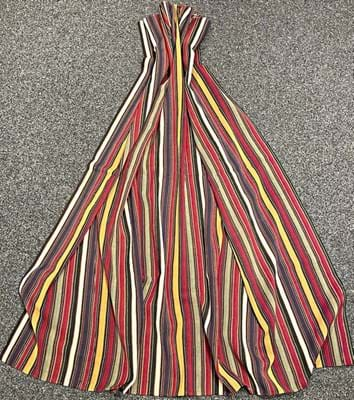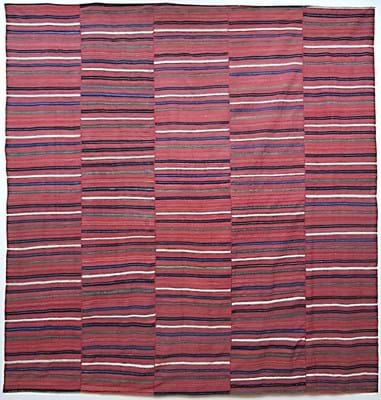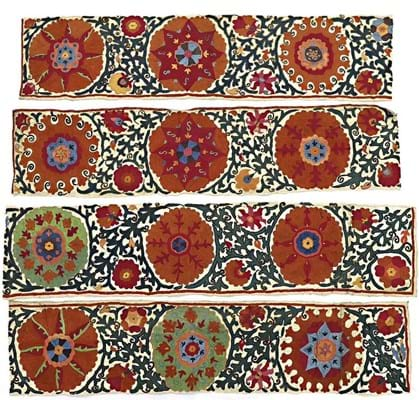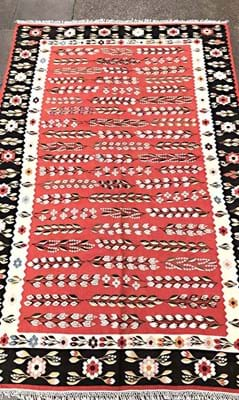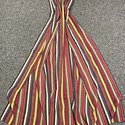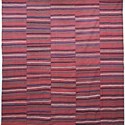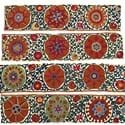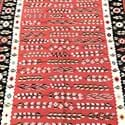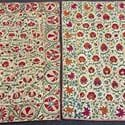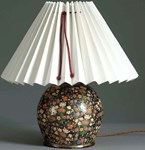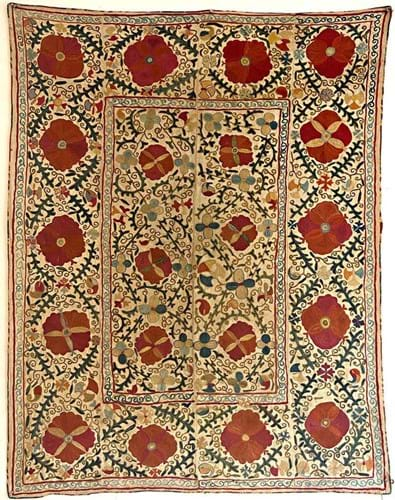
A c.1860 Bokhara Nim suzani from Uzbekistan, 5ft 11in x 3ft 10in (1.5m x 1.18m), priced £3750 with Aaron Nejad.
This appears to have translated into a rise in demand for antique textiles including handwoven kilims and jajims and embroidered suzanis.
Aaron Nejad believes two factors have influenced the trend for suzanis in particular. He says: “First, interior designers are increasingly using them to add colour and texture to their schemes. Suzanis can be used flexibly as bed or table covers, curtains or even as wall art. Second, the international collector market for good suzanis has been hotting up. Demand has always been strong in the East, but in recent years more and more collectors in Europe and the US have come to appreciate their craftsmanship and beauty.
“Certain types are particularly in demand. The so-called large medallion suzanis are the rarest and most prized, followed by Shahrasabz, Bokharas, Nuratas and others. Scholarship in this field is still in its infancy, and I anticipate that as more research is undertaken and our knowledge of the art form increases, prices will rise even further.”
Phil Taylor, of Phil Taylor’s Cool Stuff, says that demand for items such as kilims could be “borne out of people staying at home during lockdown and realising the beauty of colour and texture in textiles. It’s possible that it’s also a reaction to the minimalism that was popular a little while ago.
“In comparison to Persian rugs, kilims are great value for money. I find the very bright coloured ones sell straight away when I can find them. I try to find really unusual kilims and travel extensively to try to find the rarest examples.”
Angela Legge, of Legge Carpets in Oxford, says: “As a jajim is made in panels, it gives it the flexibility to become a curtain but they are more suited for general furnishing, including bed spreads or even upholstery, which we have done as well.
“I think House & Garden [magazine] wrote an editorial on decorating with textiles which may have renewed interest in these ancient crafts from the Middle East and central Asia.”


